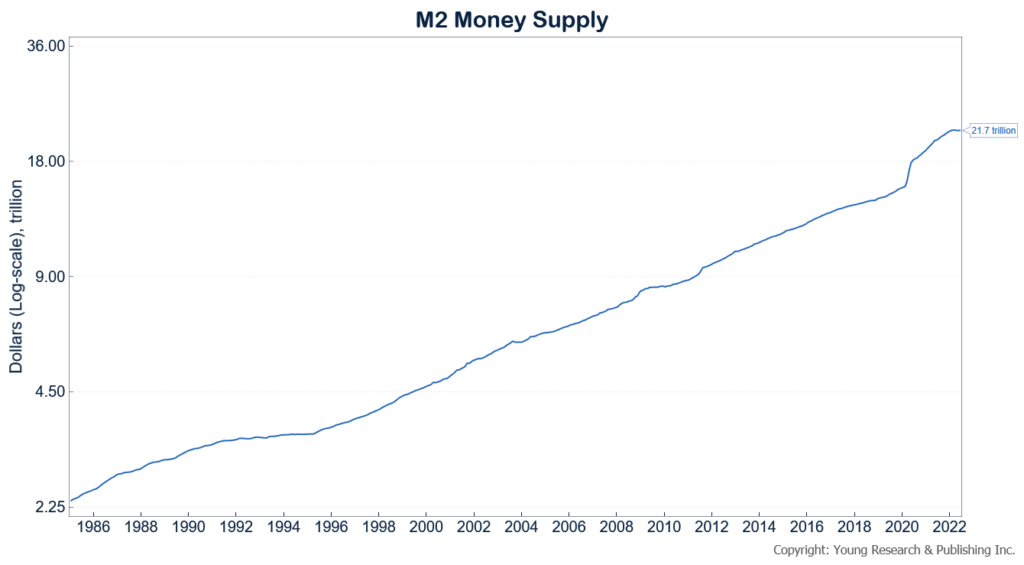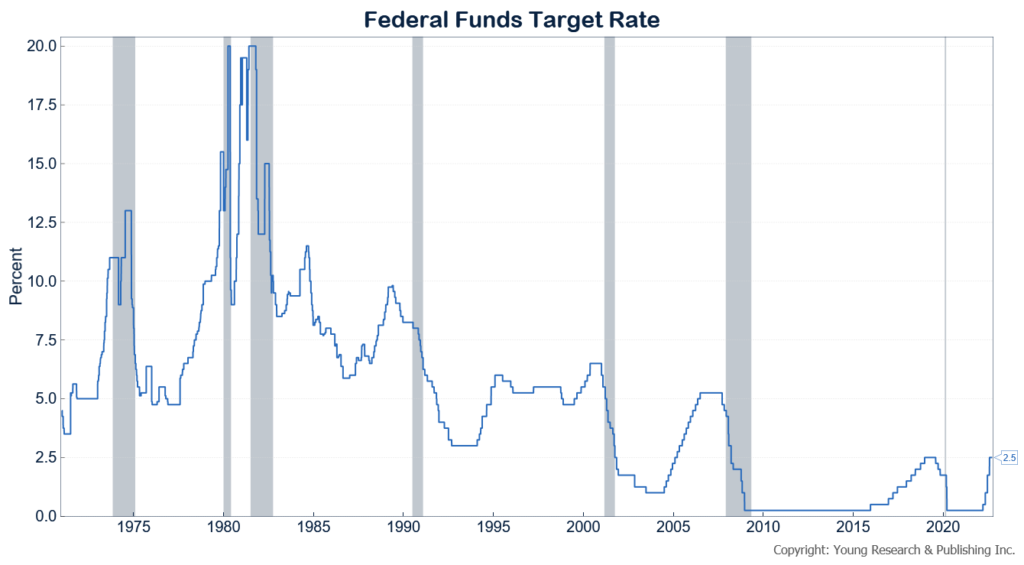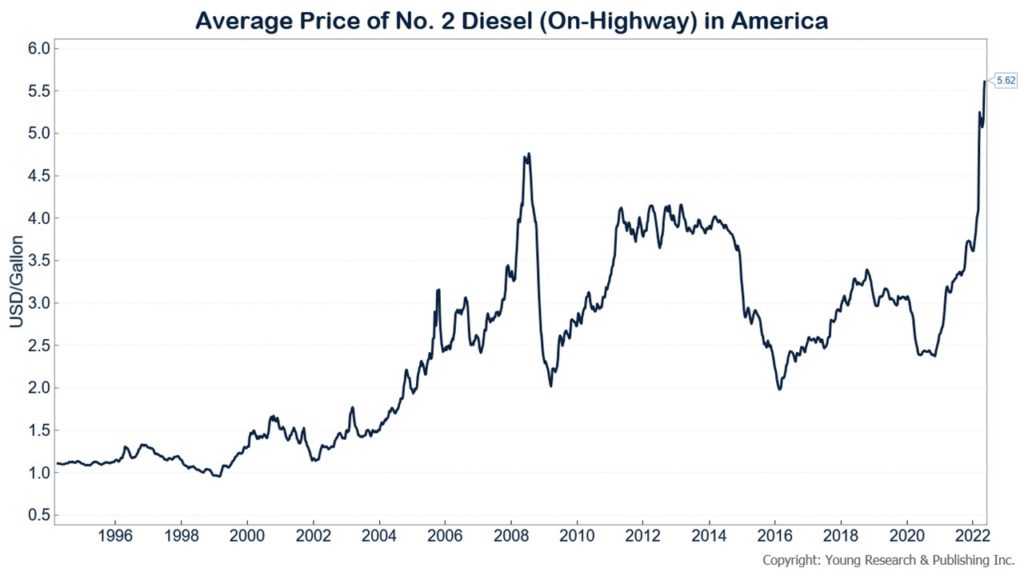According to the Robin Report, there’s a bidding war on for Aesop, an Australian beauty brand founded in 1987. Vying for control of Aesop are luxury mega-conglomerate LVMH, mass market makeup brand L’Oreal, and Japanese beauty firm Shiseido.
Dana Wood writes in the Robin Report, “Of these three, which company will emerge triumphant, with a shiny new addition to its brand lineup? My crystal ball is telling me to take L’Oréal out of the equation, primarily because Aesop is, in my opinion, too closely ideologically aligned with Kiehl’s. LVMH, which has virtually cornered the market on chic beauty brands and is an obvious master at creating aspirational retail environments, seems like a great fit. But never in a million years would I rule out the highly disciplined, quality-fixated Shiseido. There’s nothing even remotely like Aesop in Shiseido’s current portfolio, and that could make all the difference.”
Jeremy Jones, our chief investment officer at Richard C. Young & Co., Ltd., sees similar benefits for Shiseido in the Aesop merger. He writes, “L’oreal probably brings the wrong culture and lens to make an acquisition successful. For LVMH, Aseop looks like a rounding error, unless they have some internal data that shows a strong affinity to the brand among their own customers. Shiseido looks like the most logical buyer based on size and business, but it’s probably more of a merger than an acquisition.” I agree with his concise assessment.
As an aside, LVMH is the luxury mega company founded by Bernard Arnault, who regularly trades places with Elon Musk as the world’s wealthiest person. Arnault, along with Alain Chevalier and Henry Racamier founded LVMH in 1987, and since then, the company has made regular acquisitions of the world’s top luxury brands. Today it owns Louis Vuitton, Moët & Chandon, Hennessy, Tiffany & Co., Christian Dior, Fendi, Sephora, TAG Heuer, Bulgari, and too many others to list here.
If you’re looking for a reliable champagne you can give as a gift to someone you like, you can’t do any better than LVMH’s Veuve Clicquot. For reliability, you can hardly go wrong with a Clicquot Yellow Label. Of course, there are many grower champagnes out there offering a variety of quality, but unless you’re tramping through the vineyards and trying them on-site, you want to rely on an expert like Mark Gambuzza, owner of UVA Wine Shoppe in Old Town, Key West. Mark is based on the tiny, semi-tropical island of Key West, just 90 miles from Cuba. Debbie and I have lived in Old Town Key West, only blocks from Mark’s shop, for three decades. Mark specializes in case and half-case personal Old Town scooter delivery – a convenient door-to-door luxury service to be sure. I buy my French and Willamette Valley Pinot Noir and Rhone Valley Syrah from Mark.

As for Aesop and its prospects as an acquisition by LVMH, certainly, it would benefit from the company’s global scale, but it’s so small it simply wouldn’t make much of a difference to LVMH’s bottom line.
The prospect of mass-market L’Oreal buying specialty-focused Aesop seems like a recipe for brand power dilution.
Perhaps the not-too-big but still 151-years old Shiseido Company would be a better steward of Aesop’s brand value, without the company being lost among the acquirer’s other components.



